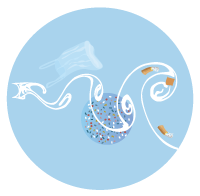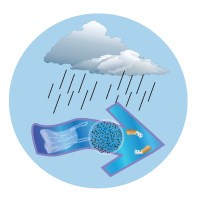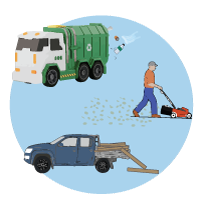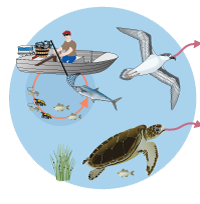|
|
Manufacturing and industrialManufacturing and industrial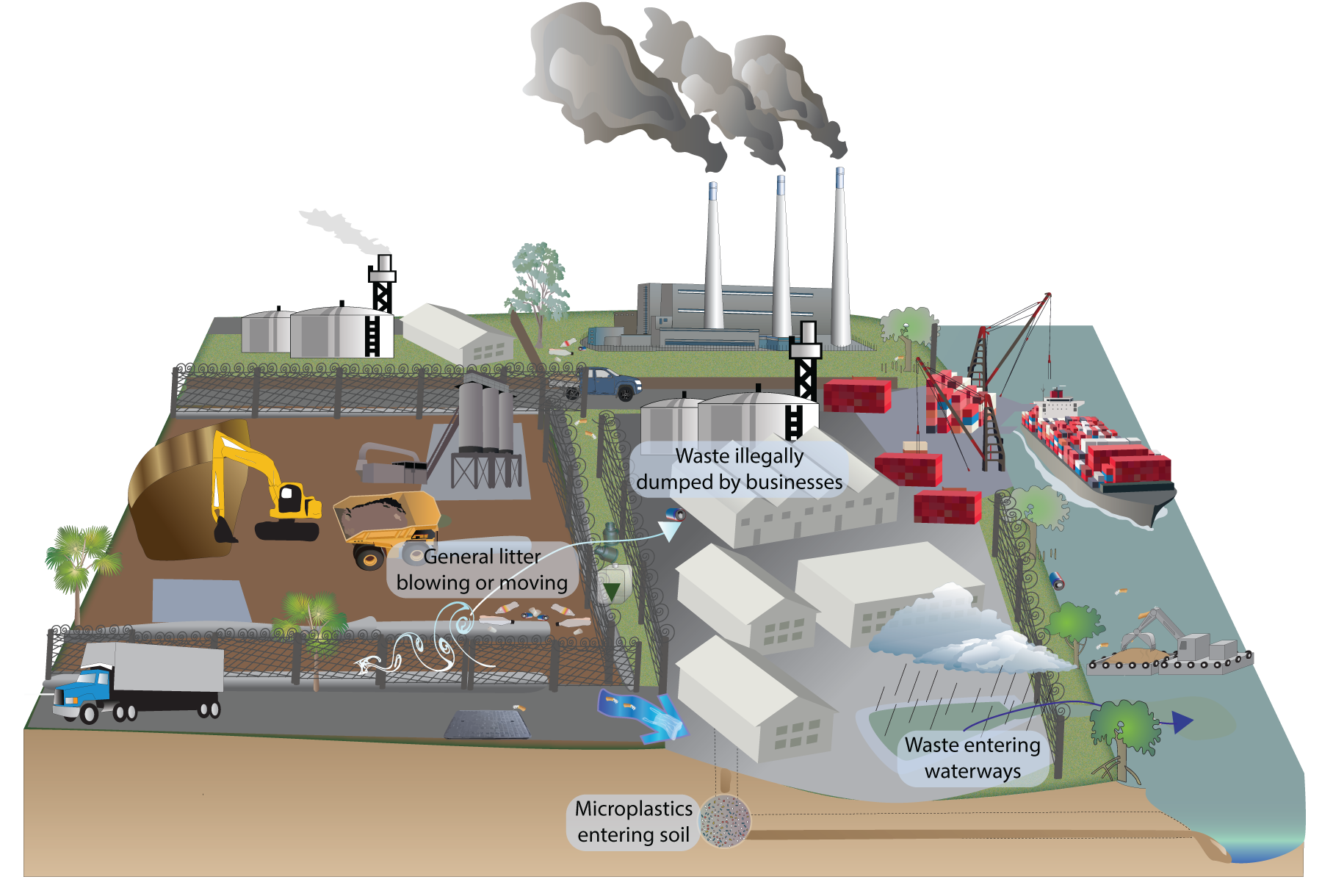
Click on elements of the model or select from the tabs below Items from manufacturing and industrial activities can make their way into the environment during the manufacturing process and while undertaking general commercial activity. The may include staff discarded waste items, dirt and gravel, masonry and concrete, scrap metals, oil, solvents, chemicals, green waste, wood and scrap lumber, and wastes from industrial products. This waste may include:
Industrial solid waste is divided into hazardous and non-hazardous and is regulated in accordance with the Regulated Waste Classification. Hazardous classifications also include hazardous certain commercial products, such as cleaning fluids, paints and pesticides. Even though the management of waste in manufacturing and industry is highly regulated, some materials such as microplastics travel through uncontrolled releases into the environment, and their impacts have not been fully evaluated[1]. For example, high levels of microplastic pollution have been found in water and sediment discharged from a textile industrial area[1], and microplastics, nanoplastics and microbeads may be escaping from other industrial sites[1]. In Australia, the construction industry produces and uses items that may end up as litter in the environment. For instance, during construction of buildings and houses, the installation of waffle slabs can lead to Expanded Polystyrene (EPS) accidentally entering the environment. Materials can also enter the environment during building and demolition work and many products developed in manufacturing and installed by contractors can become waste due to unavailable or difficult-to-access recycling programs (e.g., lithium batteries, solar panels)[2]. Manufacturing and industrial waste may move through the environment via four pathways: References
Last updated: 14 April 2025 This page should be cited as: Department of Environment, Science and Innovation, Queensland (2025) Manufacturing and industrial, WetlandInfo website, accessed 8 May 2025. Available at: https://wetlandinfo.des.qld.gov.au/wetlands/management/pressures/litter-illegal-dumping/sources/industrial/ |
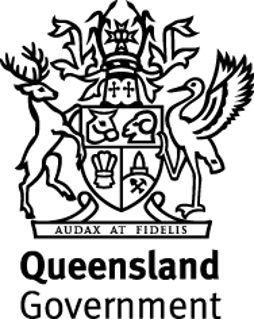
 — Department of the Environment, Tourism, Science and Innovation
— Department of the Environment, Tourism, Science and Innovation

